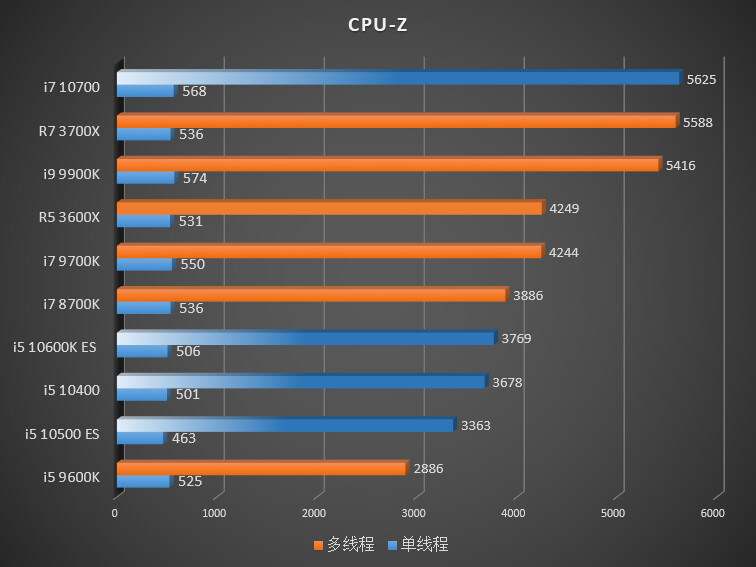

High-Performance and MainstreamĪMD’s Bulldozer-based design was an ambitious goal: typically a processor core will have a single instruction entry point leading to a decode then dispatch to separate integer or floating point schedulers. By comparison, AMD is running its fourth/fifth generation of Bulldozer microarchitecture, split between its high-end CPUs (running an older 2 nd Generation on 32nm), its mainstream graphics focused APUs (running 4 th/5 th Generation on 28nm), and laptop-based APUs (on 5 th Generation). Intel moved to its leading Core microarchitecture on 32nm around 2010, and is now currently in its seventh generation of it at 14nm, with each generation implementing various front-end/back-end changes and design adjustments to caches and/or modularity (it’s actually a lot more complex than this). Over the past decade, both AMD and their main competitor Intel have been competing for the desktop and server computer markets with processors based on the x86 CPU architecture. Beyond these we have issues of die area, power consumption, transistor leakage, cost, compatibility, dark silicon, frequency, supported features and time to market. The world of main system processors, or CPUs in this case, is governed at a high level by architecture (x86, ARM), microarchitecture (how the silicon is laid out), and process node (such as 28HPM and 16FF+ from TSMC, or 14LP from GloFo). So, What Is Zen? Or Ryzen? A Brief Backstory and Context Some of the information in this piece we would have published before: AMD’s machine of tickle-out information means that we know a good deal behind the design already, but the Tech Day helps us ask those final questions, along with the official launch details. AMD likes doing Tech Days, with recent events in memory covering Polaris and Carrizo, and I don’t blame them: alongside the usual slide presentations recapping what is already known or ISSCC/Hot Chips papers, we also get a chance to sit down with the VPs and C-Level executives as well as the key senior engineers involved in the products. The goal of the Tech Day was to explain Zen to the press, before the press explain it to everyone else. Stock Coolers and Memory: Wraith and DDR4īenchmarking Performance: Our New 2017 CPU Benchmark Suiteīefore the official launch, AMD held a traditional ‘Tech Day’ for key press and analysts in the past week over in San Francisco. Microarchitecture: Front-End, Back-End, micro-op cache, GloFo 14nm LPĬhipsets and Motherboards: AM4 and 300-series The Product Launch: A Small Stack of CPUs Our review for Ryzen aims to encompass many of the areas we feel pertinent to the scale of today’s launch. (Fair play to Anand, he was only 14 years old back then…!). Our style and testing regime since then has expanded and diversified through performance, gaming, microarchitecture, design, feature-set and debugging marketing strategy. Launching a CPU is like an Onion: There are LayersĪs AnandTech moves into its 20 th anniversary, it seems poignant to note that one of our first big review pieces that gained notoriety, back in 1997, was on a new AMD processor launch. With AMD’s first use of a 14nm FinFET node on CPUs, today is the day Zen hits the shelves and benchmark results can be published: Game On! Through the various press release cycles from AMD stemming from that original Zen announcement, the industry is in a whipped frenzy waiting to see if AMD, through rehiring guru Jim Keller and laying the foundations of a wide and deep processor team for the next decade, can hold the incumbent to account. Back in 2014 when AMD first announced it was pursuing an all-new microarchitecture, old hands recalled the days when the battle between AMD and Intel was fun to be a part of, and users were happy that the competition led to innovation: not soon after, the Core microarchitecture became the dominant force in modern personal computing today. For over two years the collective AMD vs Intel personal computer battle has been sitting on the edge of its seat.


 0 kommentar(er)
0 kommentar(er)
